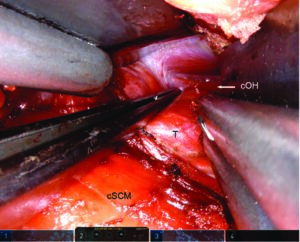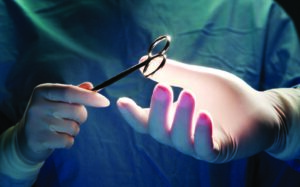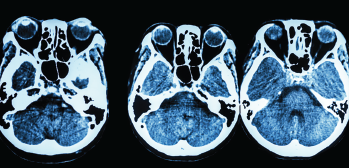Regarding staging for cutaneous melanoma, there is no evidence to suggest that imaging for distant metastasis should be performed for Stages I and II patients in the absence of localizing symptoms.


Regarding staging for cutaneous melanoma, there is no evidence to suggest that imaging for distant metastasis should be performed for Stages I and II patients in the absence of localizing symptoms.

The studies presented demonstrate that sentinel lymph node biopsy with lymphoscintigraphy is an important technique in the management of clinical merkel cell carcinoma.

Advantages of thyroidectomy using transaxillary robotic surgery (TARS) are cosmetic, a high-definition view of structures, and a reduced risk of compressive cervical hematoma; the main drawbacks are the cost and duration of the procedure

Patients were screened three times: over the phone a day prior to their visit, upon entry to the cancer center, and upon triage in the clinic.

When researchers looked at the load of psychological stressors that contribute to biological functioning, they found something somewhat surprising: Race didn’t play a role when social factors were taken into consideration.
A look at how effective the dynamic optical contrast imaging (DOCI) technique is as a tool in specifically differentiating parathyroid tissue and adjacent structures.

For low-risk cSCC, 4 to 6 mm margins are recommended, whereas for low-risk BCC, the recommendation is for 4 mm margins.

The newest edition of staging guidelines uses depth of invasion to make a real difference in patient care.

Frailty as measured by the 5-factor mF1-5 is shown to be significantly associated with life-threatening postoperative morbidity, mortality, and length of stay following skull base surgeries.
Significant disparities exist in medical school enrollment for minority students and achievement of full professorship in otolaryngology, surgery, and internal medicine.